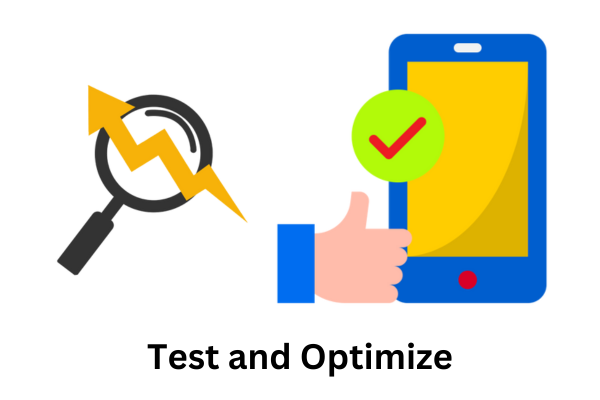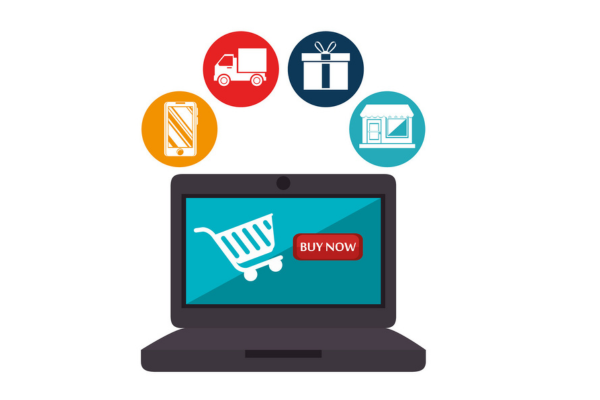Small e-commerce companies may still communicate with their audience via email marketing, which also helps them increase sales and develop lasting relationships with their clients. Email campaign management by hand, however, may be time-consuming and ineffective. Email marketing automation may help with that. Small e-commerce companies may simplify their email marketing campaigns, save time, and improve outcomes by using automation solutions. In this post, we’ll examine the essential tactics and recommended procedures for putting email marketing automation into reality in small e-commerce enterprises.
Understand Your Audience
For your email marketing automation strategy to be successful, it is essential to comprehend your audience. You may make email content that resonates with your readers by getting in-depth knowledge of their demographics, interests, and preferences.
Analyze your customer data first, including past purchases, website use patterns, and engagement indicators. In order to successfully categorize your audience, look for patterns and trends. Based on variables like age, gender, geography, buying patterns, and degree of participation, divide your email list into more manageable categories.
By using segmentation, you can give each group customized communications that speak to their individual needs and interests. You might, for instance, provide clients who have shown interest in a certain product category-specific suggestions or give your most devoted customers access to unique discounts. In order to send relevant content, boost engagement, and encourage conversions in your email marketing automation efforts, you must first understand your audience.
Build a Quality Email List
For your email marketing automation approach to be successful, you must first build a high-quality email list. Focus on organic list-building strategies that draw in genuinely interested subscribers rather than using pre-made email lists. Use lead magnets to persuade people to sign up for your emails, such as helpful material or exclusive offers. Through social media campaigns, website pop-ups, and landing pages, advertise your opt-in forms. Your subscribers will be truly interested in your brand if you prioritize organic list development, which will likely result in improved engagement rates and a continued good sender reputation.
Segmentation and Personalization
Effective email marketing automation is built on segmentation. Using information from your email list’s demographics, past purchases, browsing habits, and degree of engagement, divide it into smaller parts. You may send customized emails that are catered to each recipient’s interests and requirements by segmenting your list. Open rates, click-through rates, and conversion rates may all be dramatically raised through personalization.
Welcome Emails and Onboarding Series
Welcome emails are vital in establishing the tone for your connection with new subscribers since first impressions count. Create a series of welcome emails that introduce your company, emphasize your standout goods and services, and provide helpful information. Additionally, take into account developing an onboarding series to instruct new clients on how to most effectively use your goods or services, therefore raising their level of engagement and happiness.
Abandoned Cart Recovery
In e-commerce, cart abandonment is a prevalent problem. Implement an automated email campaign to remind consumers of their abandoned shopping carts and to entice them to finish the transaction with rewards like discounts or free delivery. Your conversion rates may greatly increase, and potentially lost money can be recovered with prompt reminders and alluring offers.
Post-Purchase Emails
Post-purchase emails provide a great chance to develop your connection with clients. Automated post-purchase emails allow you to thank customers for their business, get feedback to enhance your offerings, and provide complementary product recommendations. These emails are essential for building client loyalty, promoting repeat business, and generating insightful data that may help you improve your marketing efforts. You can keep clients interested in your brand and provide a satisfying post-sale experience by using post-purchase emails.
Customer Re-engagement
Automated re-engagement campaigns should be used for consumers who have been inactive or haven’t purchased in a while. Send them customized emails with unique material, special deals, or recollections of their prior contacts with your company. You have the opportunity to revive lapsed clients’ interest in your goods or services by re-engaging them.
Test and Optimize

The effectiveness of your email marketing automation depends on ongoing testing and improvement. Try out various subject lines, email layouts, calls-to-action, and sending timings to see which ones your audience responds to the most. You can pinpoint areas for improvement and make data-driven choices to improve the success of your email campaigns by regularly monitoring crucial metrics like open rates, click-through rates, and conversions. By testing and refining your email marketing automation, you can make sure that you are sending your subscribers the most useful and interesting material possible, boosting the impact of your efforts.
Compliance with Privacy Laws
Ensure your email marketing strategies adhere to privacy rules like the CAN-SPAM Act and the General Data Protection Regulation (GDPR). Obtain valid permission before sending emails, provide easy ways for recipients to unsubscribe, and manage customer data safely. Non-compliance might result in legal problems and harm to the image of your company.
Additional Strategies to Enhance email marketing automation
Product Recommendations
Implement automated emails that provide individualized product suggestions based on previous purchases or browsing behavior of users. You may increase the possibility of repeat sales by using data analytics and machine learning to propose relevant items that match your customers’ preferences.
Customer Lifecycle Emails
Create many automated emails that address the various phases of the client lifetime. For instance, send emails to your customers to commemorate events like birthdays or anniversaries, provide devoted clients access to special discounts, or send them emails with pertinent information and advice based on their past purchases. This strategy promotes long-term involvement and fosters the development of client connections.
Dynamic Content
Utilize dynamic information in your emails that are sent automatically. This enables you to provide tailored information depending on the preferences, characteristics, or actions of each recipient. For instance, depending on the recipient’s location or previous interactions with your website, you may display various product suggestions, graphics, or call-to-action buttons. The odds of conversion are increased by the highly tailored and captivating experience created by dynamic content.
Event-Based Triggers
Create event-based triggers to send emails automatically in response to certain actions or occurrences. For instance, you may send a customized thank-you email with a unique discount code to a client when they make a subsequent purchase. Other triggers can include emails from browsing sessions that were abandoned, alerts when a product was restocked, or notice of approaching deals or promotions. The timely and relevant information provided by these automated emails increases client engagement.
A/B Testing
To improve the performance of your email campaigns, test new components on a regular basis. Conduct A/B testing on calls-to-action, email subject lines, email layouts, and pictures. You may determine what connects most with your audience and adjust your email marketing automation by analyzing the outcomes of several versions.
Conclusion
For small e-commerce enterprises, email marketing automation is a game-changer since it makes it possible to communicate with clients in a targeted and customized way at scale. The techniques described in this article may help you improve your email marketing, increase engagement, and increase revenues. To get the most out of your email marketing automation efforts, continuously track data, refine your strategy, and keep up with the most recent trends and best practices.




















